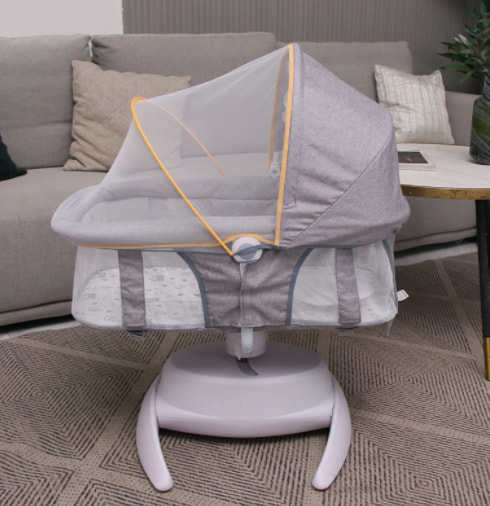What age are bedside cribs for?
Bedside cribs are designed to accommodate newborns up to approximately six months old. This age range aligns with the typical developmental milestones of infants and ensures maximum safety and comfort during the crucial early months of life.
The Rationale Behind the Age Limit
The age limit for bedside cribs is primarily based on recommendations from pediatricians and child safety experts. During the first six months of life, infants are at their most vulnerable stage of development. They have limited mobility and are unable to reposition themselves if they encounter difficulties breathing or if their airway becomes obstructed. Placing newborns in bedside cribs ensures that they are within arm's reach of their caregivers, facilitating nighttime feedings, comforting, and monitoring for any signs of distress.
Ensuring Safety and Comfort
See also:How much would you spend on 4 bar stools?
Bedside cribs are specifically designed to promote safe sleep practices for infants. They typically feature breathable mesh sides to reduce the risk of suffocation and allow for better air circulation. Additionally, most bedside cribs come with adjustable height settings, allowing caregivers to align the crib's mattress with their own bed for easy access to the baby while maintaining a separate sleeping surface. This configuration not only promotes bonding between parent and child but also minimizes the risk of accidental suffocation or entrapment that may occur with traditional co-sleeping arrangements.
Impact on Parental Well-being
The availability of bedside cribs has had a significant impact on parental well-being, particularly in the realm of sleep quality and postpartum recovery. By having their newborn within arm's reach throughout the night, parents can respond promptly to their baby's needs, such as feeding, soothing, or changing diapers, without having to leave the comfort of their bed. This proximity not only fosters a stronger parent-child bond but also promotes breastfeeding and facilitates the establishment of healthy sleep habits for both the infant and the caregiver.
Conclusion
In conclusion, bedside cribs serve as a safe and convenient sleep solution for newborns up to approximately six months old. The age limit is based on recommendations aimed at maximizing infant safety and promoting parental well-being during the critical early months of life. By adhering to these guidelines and utilizing bedside cribs as intended, caregivers can create a nurturing sleep environment that supports the healthy development of their baby while enhancing their own sleep quality and overall satisfaction with the parenting experience.
- Previous: None
- Next: None


